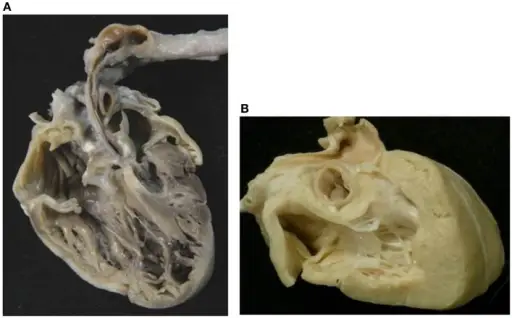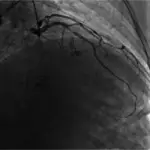Aortic atresia is a rare congenital heart defect where the connection of the left ventricle to the aorta is blocked, affecting the flow of blood from the left ventricle to the body.
What is the Pathology of Aortic Atresia?
Aortic atresia pathology is characterized by congenital fusion of aortic cusps that can be subvalvular, valvular, or supra-valvular in location.
How does Aortic Atresia Present?
Aortic atresia presents as a murmur, cyanosis, rapid or difficulty breathing, irritability, low energy, and clammy skin.
How is Aortic Atresia Diagnosed?
Aortic atresia diagnosis is based on chest x-ray, 2D echo, electrocardiogram, cardiac catheterization and MRI.
How is Aortic Atresia Treated?
Aortic atresia treatment involves giving IV prostaglandin to keep the ductus arteriosus open for an alternative blood flow. Cardiac catheterization and balloon atrial septostomy may also be done.
What is the Prognosis of Aortic Atresia?
Aortic atresia prognosis is poor with incidence of more than 8 in 1000 live births, a serious defect that can lead to mortality without immediate intervention.



